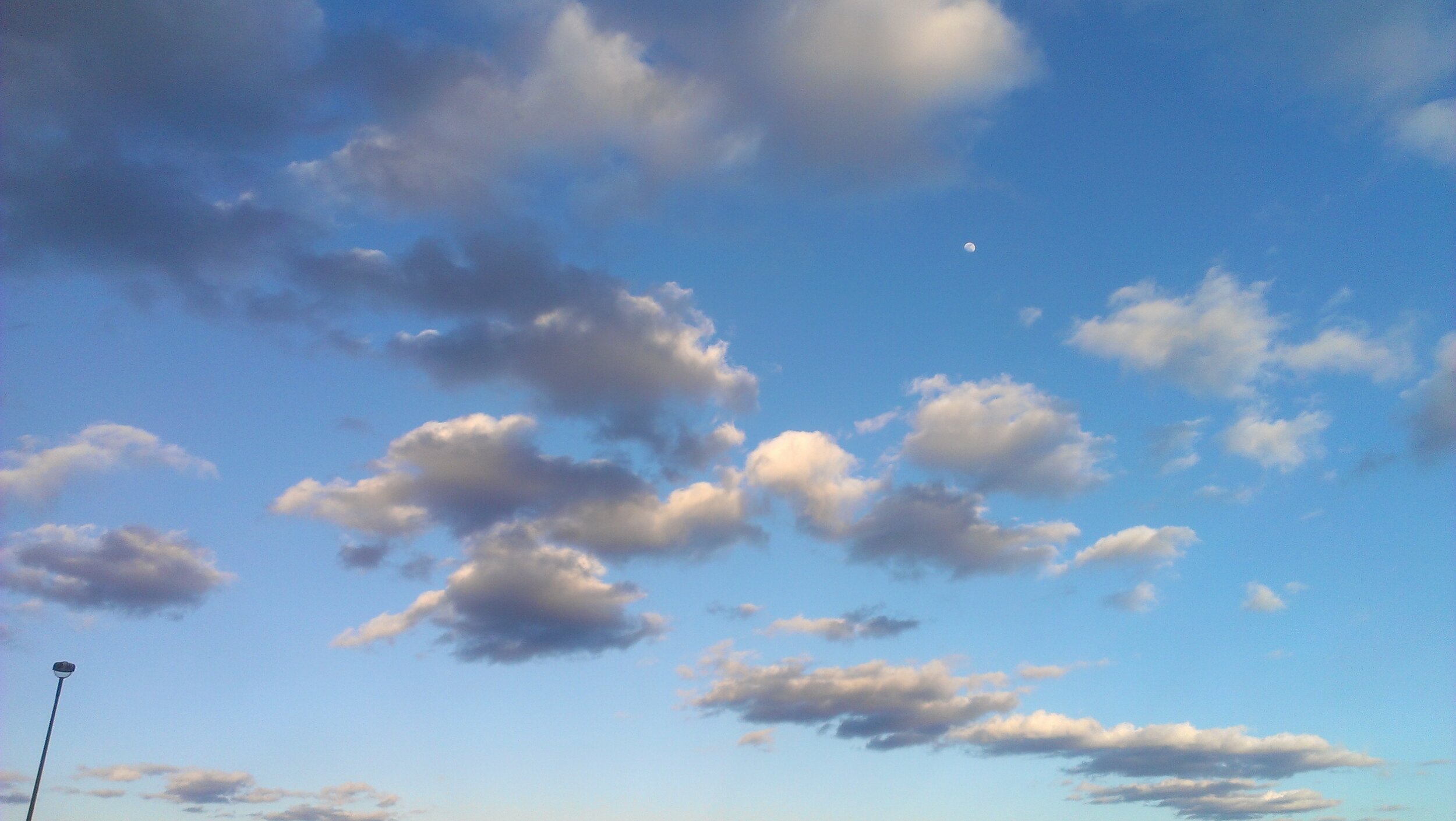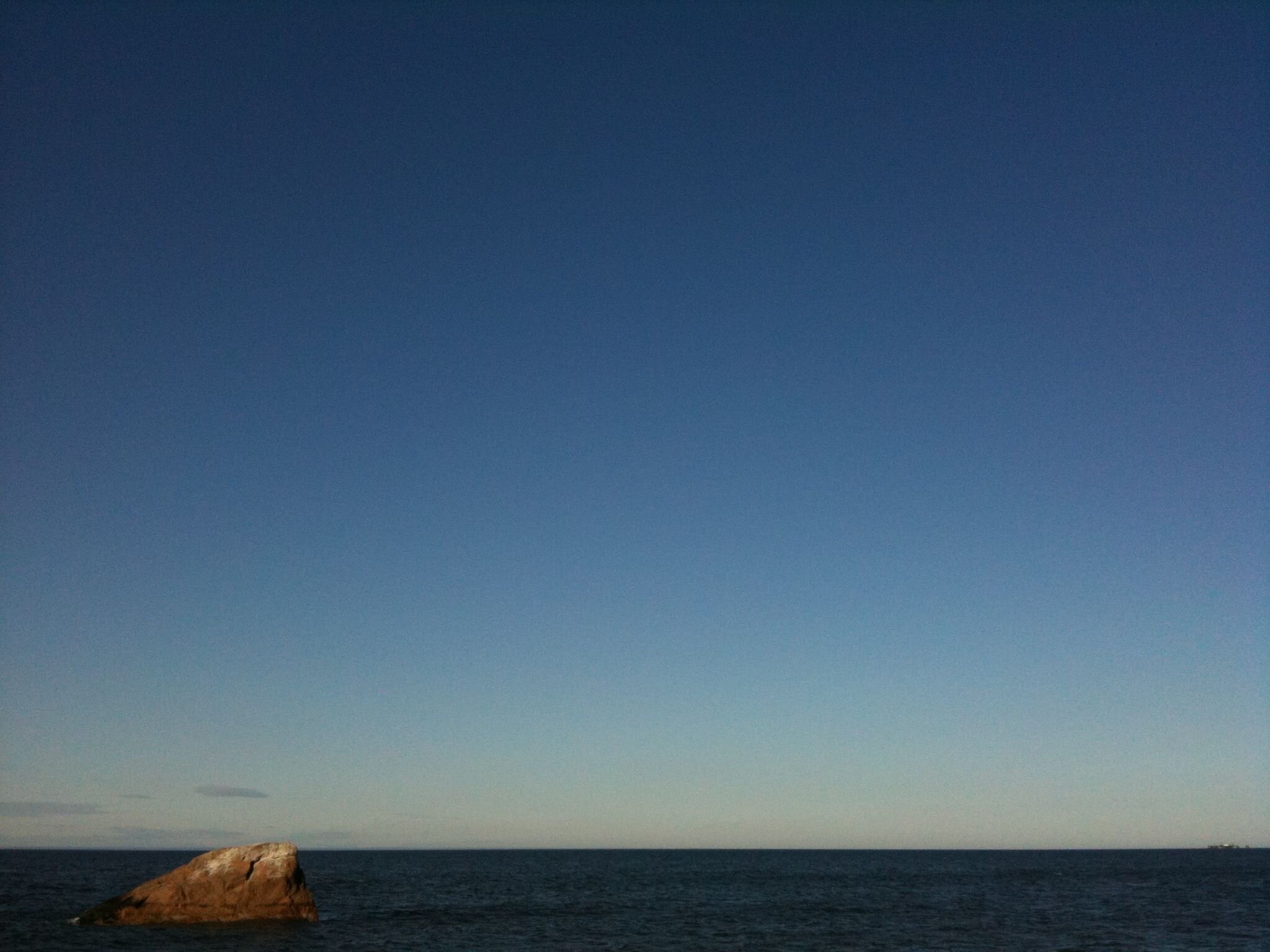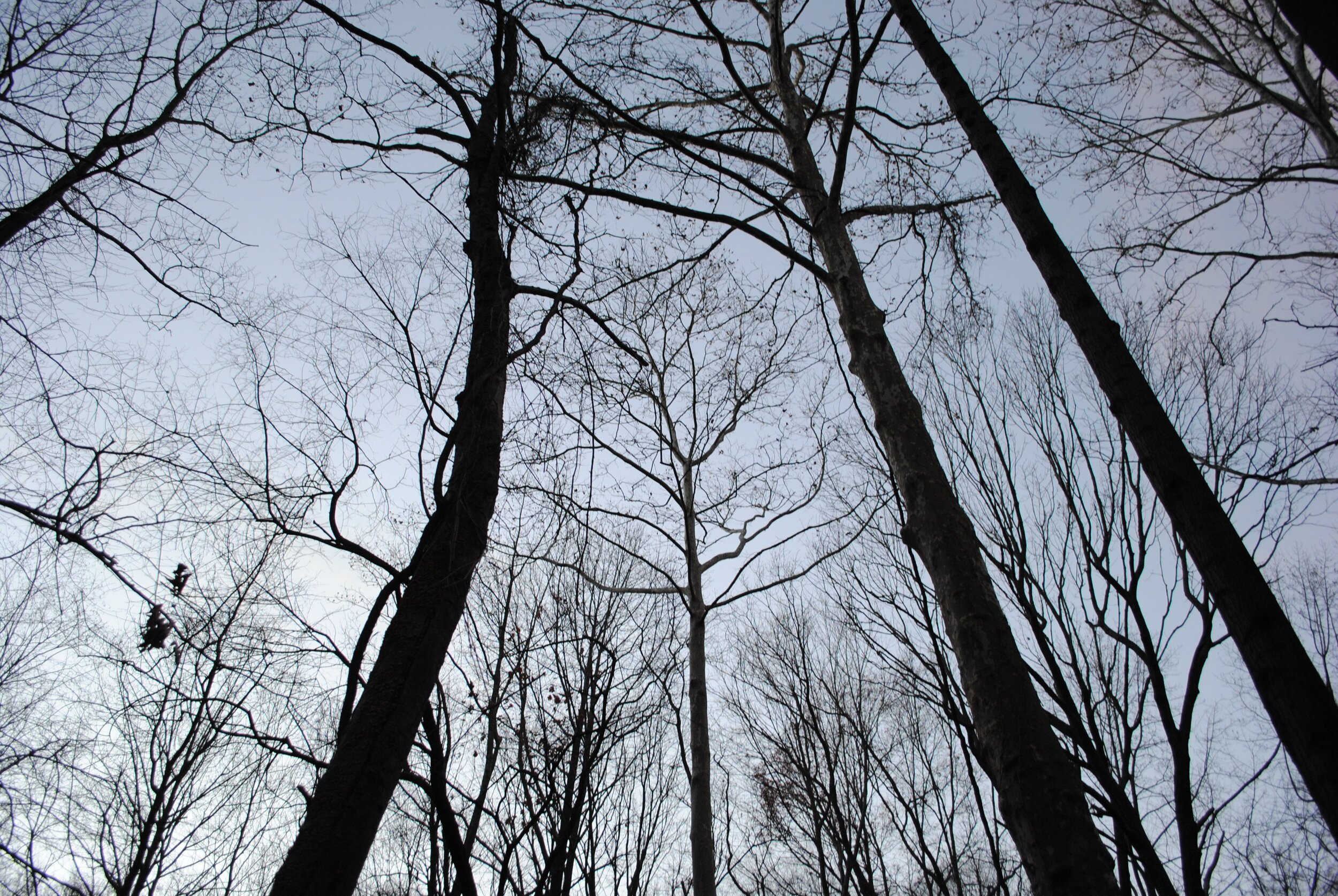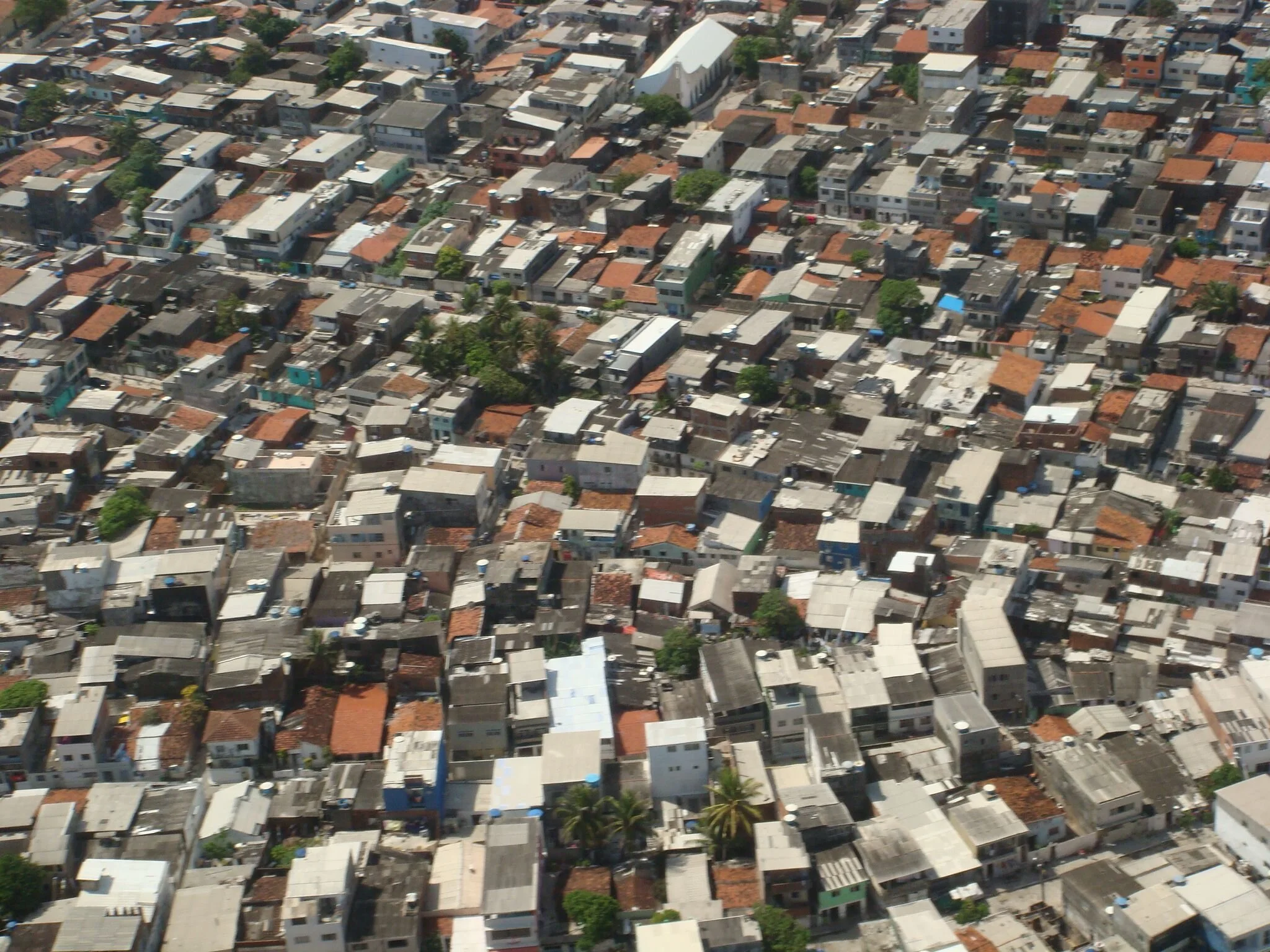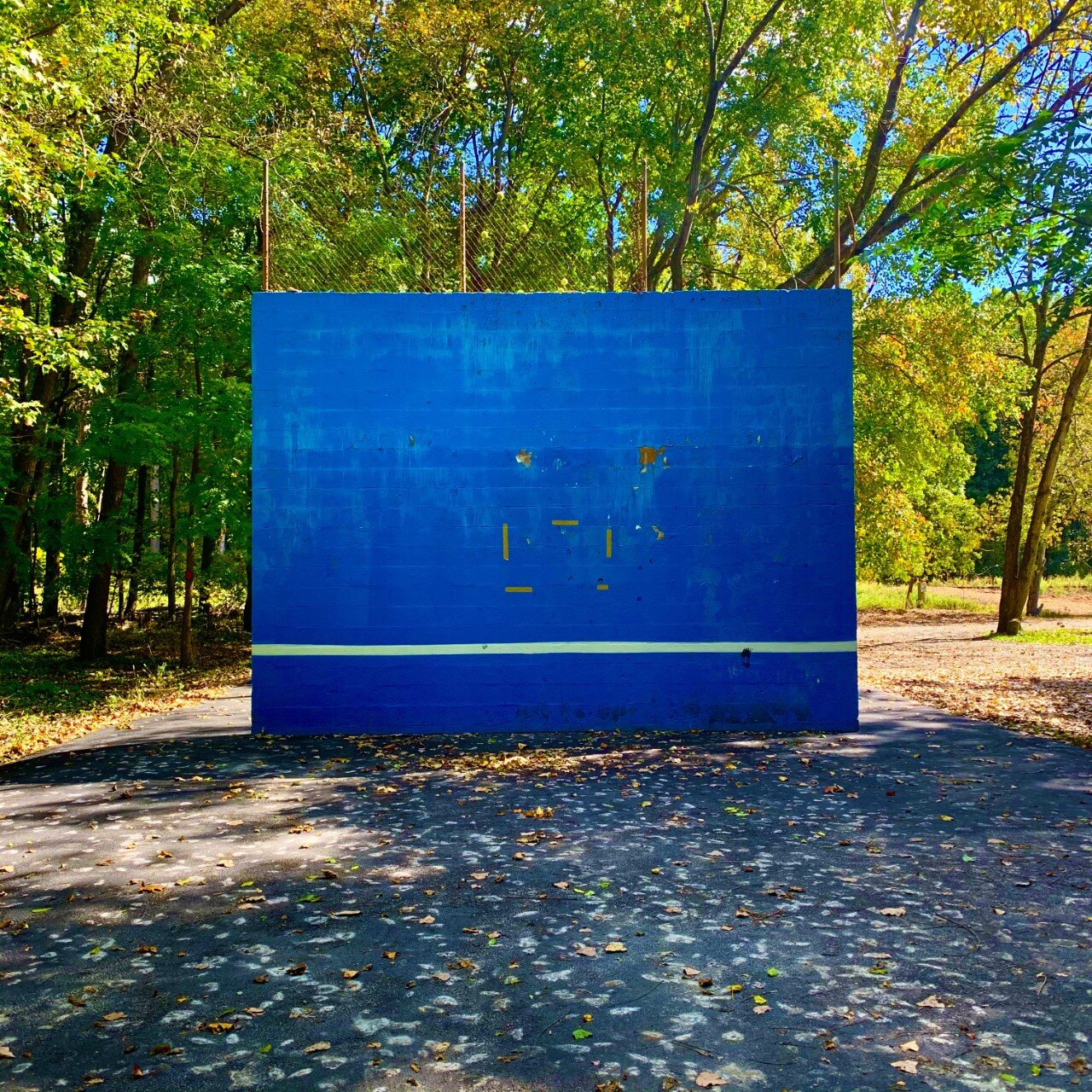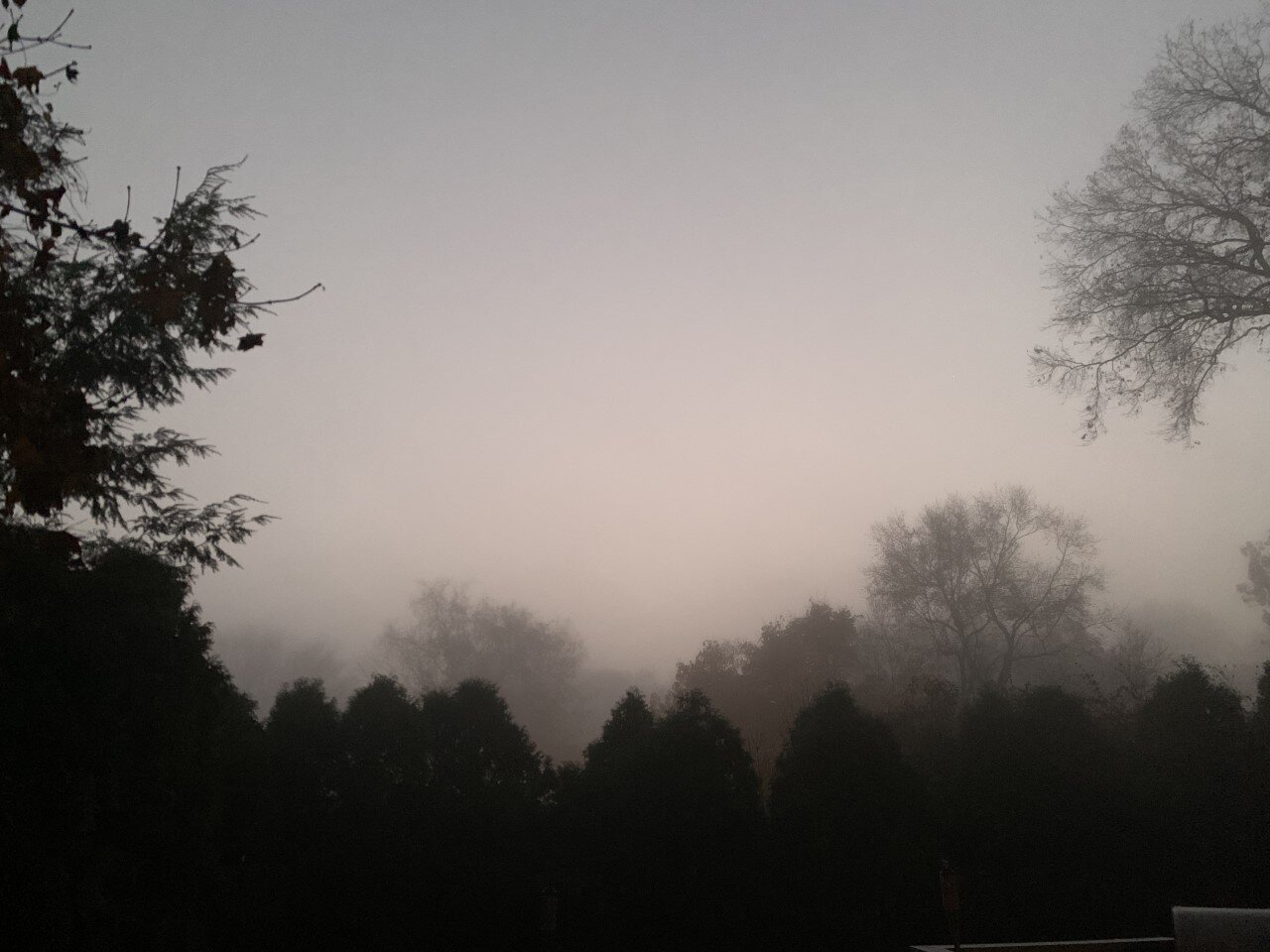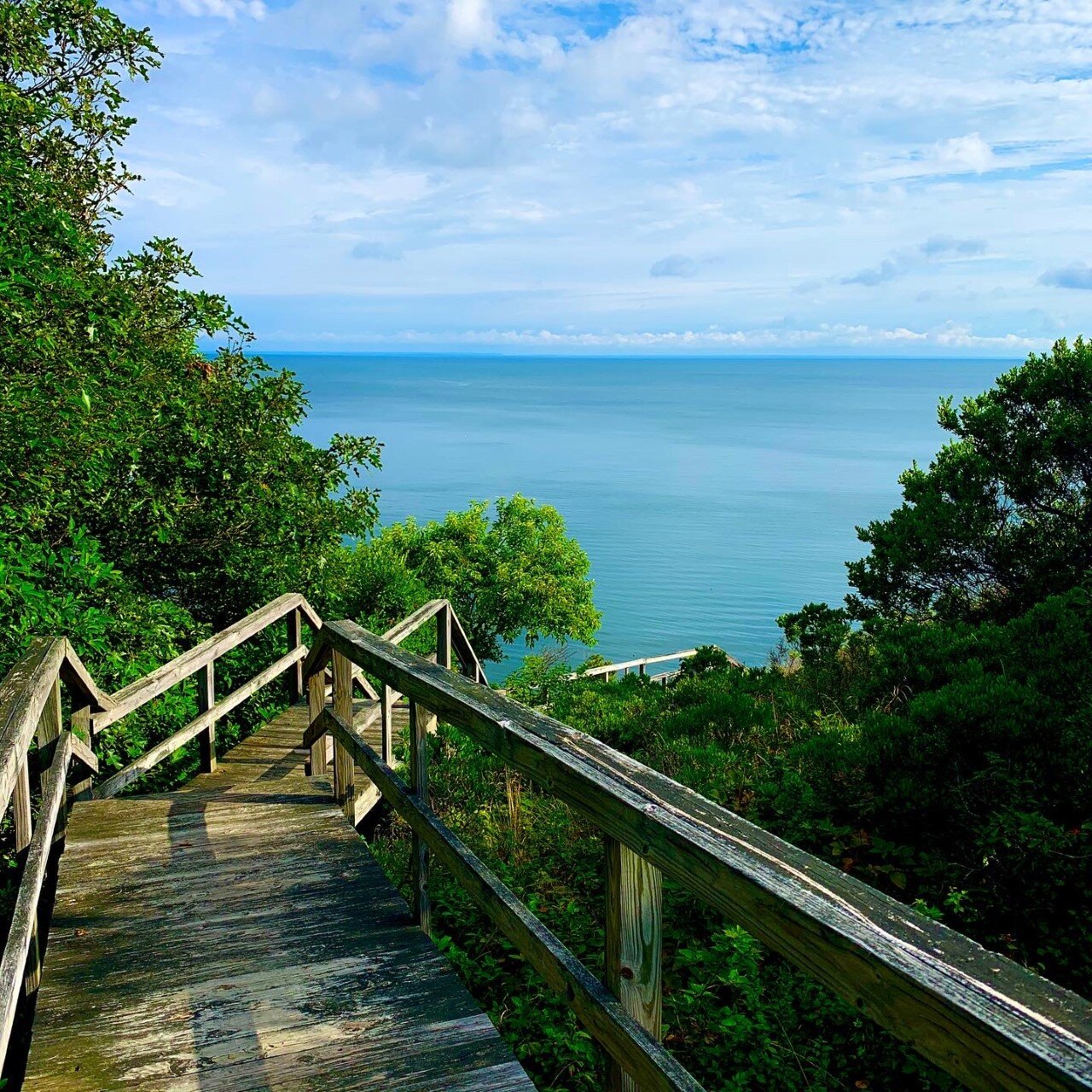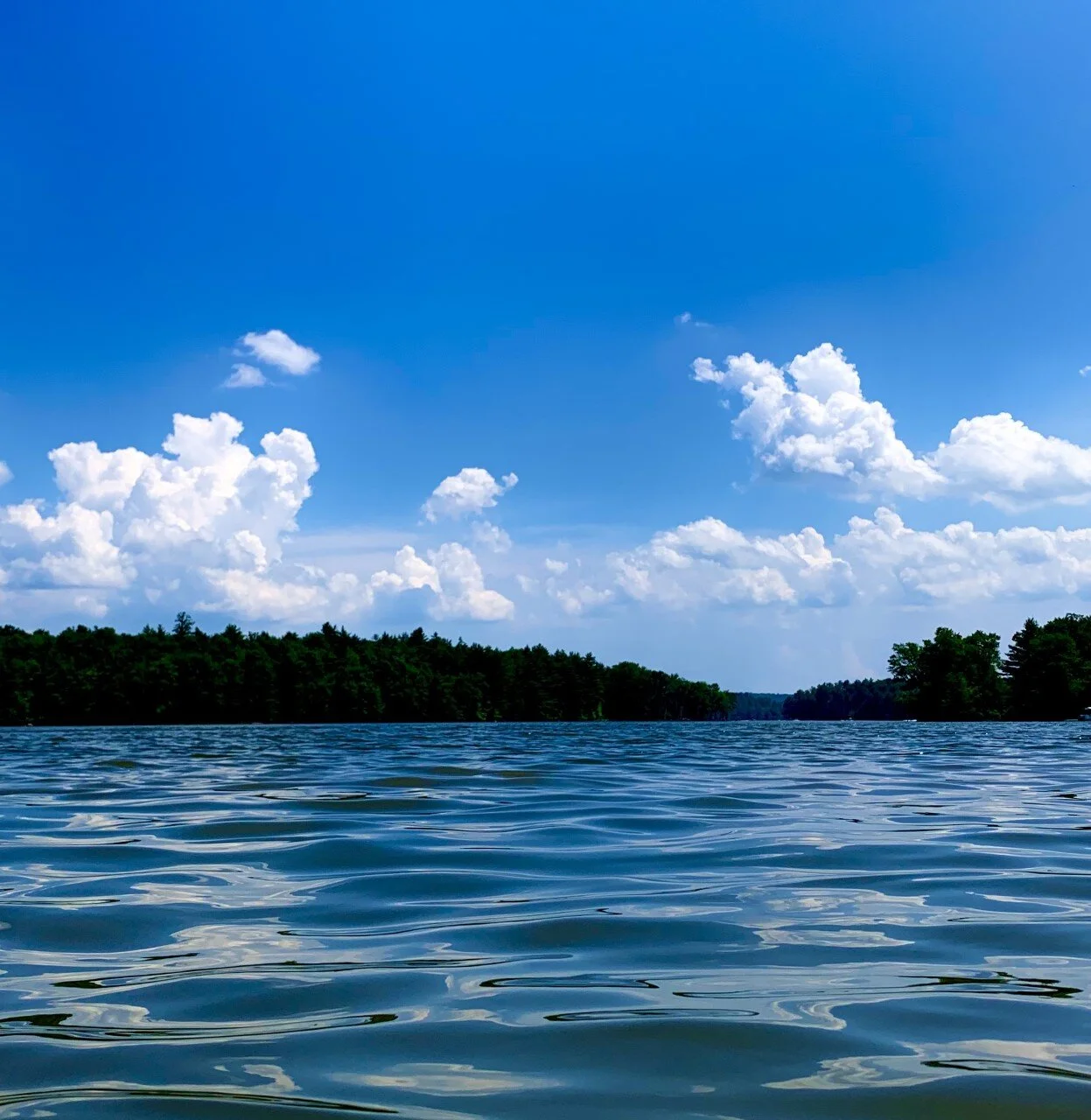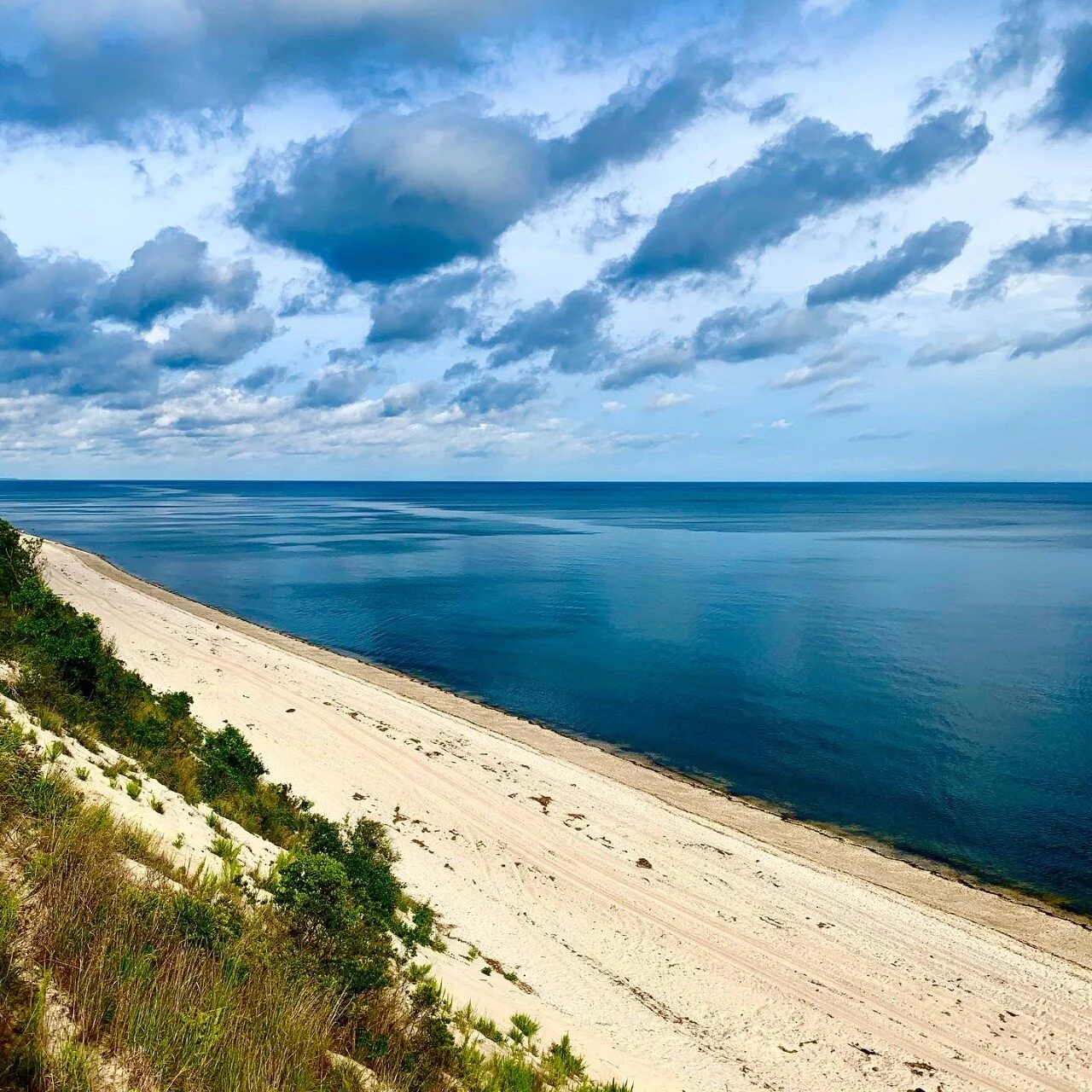Like the roots of abstract expressionism, CR Laul’s influences are largely inspired by his meditations on nature, music and his life experiences. Tracing his development over a twenty-year period, his paintings are highly autobiographical, they read like like a diary channeling his thoughts and energies from brush to canvas via paint and gestural marks. His paintings are full of emotional situations, not so much as the appearance of things but the essence of a moment, period in time and experience; there is the suggestion of landscape, sound, and music that requires a sensory response from the viewer.
Laul’s approach to painting is reflected in the words of Han Hoffman words, “An artist must look to nature for the essence of space—but appearance must be thoroughly understood. Space was never a static, inert thing, but alive, and its life can be felt in the rhythm in which everything in a visual ensemble exists.” He further expressed, “Every deep artistic expression is a product of a conscious feeling for reality.” Laul’s canvases represent emotions, feelings and impressions essential to his own identity; images that are recurrently part of his personal world. The result is abstraction, beautifully composed balance of flat shapes and colors all executed with subtle and sophisticated layers of color. What we see are the fragments of drama and spirituality passed down from his precursors, the abstract expressionists filled with spatial components and depth.
Laul’s bold colorful visual rhythms and lushly painted surfaces often incorporate gestures using ink sticks and spray paint that express highly charged emotional situations. The similarities and contrasts of a creative production spanning a period of 20 years shows the process of one painter’s life chronicled. His painting Seeker (2006) could be a summation of his experimental discoveries, pushing the medium by vigorously attacking the canvas; slashing, dripping, splattering, pouring, brushing and scribbling surfaces. This could represent a metaphor for soul searching, contemplation, and exploration. In each of the canvases from this period, Laul commands control of space and his tools, which he mans like a central command board — pushing and manipulating colors and surfaces wildly, but never spinning out of control. His use of spray paint as visual punctuation points harks back to the color field painters of the 1960s and 70s but his quirky use of a hint of color here and there bounces the viewers eye over the canvas from one point to the next breaking up the painterly texture with splotches and diagonal spots floating in space across radiant layers of color.
Color and brush strokes reverberate brightly throughout the well-balanced pictorial space as if visual apparitions of musical notes. What makes these works so compelling are the large fields of color that envelope the viewer, tapping into basic human emotions– sensations of sound, music, movement, dance, flying, and laughter by his juxtaposition of textures and forms. In Powderfinger (2006) for example, the tiniest diagonal slash of a red is the keynote that activates the entire painting. His use of diagonal and calligraphic lines drawn and splashed reflects the sensibilities that define the abstract expressionists interest in “subconscious reality”. In Laul’s dreamy Untitled (2003), objects floating in space, contrasting scale, marks and whirling spaces recall the Surrealist touch and whimsy of Joan Miró, while his most recent paintings from 2020 featuring opaque rectangles floating in space call to mind Hans Hoffman’s
“Push and Pull” paintings from the 1940s in which flat color planes superimposed on layers of undulating brush strokes move in and out of the picture plane. Like these painters, Laul plays with edges, alternating between flattening space and creating Infinite space — negative versus positive, thus replicating the Yin and Yang of Nature. These early explorations of Laul in which the rectangles float as objects in vast open space such as in Positano (2000) contrast with later paintings, like In a Silent Way (2006); the rectangle becomes the actual space itself. Is it an object or a window? As opposed to color field painters of the 1960’s, these paintings are contained within the edges, they don’t span off to all the edges, the splotches of painting, lines and markings show us a view with life happening in, not vacuous space. The open spaces leave room to show us the action in the fore-grounds, the playful movement of colorful gestures, squiggles, and colorful splotches flying across the painterly surface. The deeply spatial gestural works of the early 2000’s give way to a period of retreat in a series of paintings with calmer, denser, less painterly surfaces in works like Palisades 1 (2019) that feel closer in expression to collage works by Robert Motherwell.
Architecture plays a significant role in Laul’s oeuvre, one of the common threads consistently running through his work. His representation of looking outward into space intermittently rotates from the experience of being In a Space, (2000) to looking out into it (2015) and finally, through it. (2020) Suddenly as if no longer content with floating objects dancing in space, he adds the architectural line — the window — to his compositions. In a Room on the Other Side (2014) Laul embraces looking outward into space from inside the building, the boardroom, or artist’s studio. Meanwhile, in North Beach, (2014) from indoors, a view of nature is filtered through memories of his experience of/in nature. The two-dimensional space of the canvas becomes a metaphor for gazing outward from the man-made to the natural world.
Like Laul, there is a long history of artists who have employed the use of windows to depict abstract space, play with light, or to suggest the natural world. For example, Henri Matisse’s famous painting, View of Notre Dame Paris, quai Saint-Michel, spring 1914. It depicts Matisse’s vision of the cathedral from his studio window transforming it into an image of layered blue paint intersecting and balancing space with diagonal lines over the canvas surface evoking the architecture. This painting was instrumental in directing other painters to explore “open” spaces from the inside out, which is ap-parent in Robert Motherwell’s Open series, and Richard Diebenkorn’s 140 Ocean Park series based on changing atmospheric effects; a condition that they each perceived independently from their California studio windows. Influenced by Matisse and the Surrealists, Motherwell explored the notion of the open window for over two decades in these paintings. Summer Open with Mediterranean Blue (1974) is one of many from this series that reiterate his use of color and line to demarcate passage- ways presenting voyages between the in and out of subconscious reality. More contemporary artists like Howard Hodgkin whose thickly painted wooden frames look outward into immense space echo similar investigations by Laul who remains in good company with them as exemplified in his, A Room on the Other Side (2014), North Beach (2014) and Relic (2014). Although these works are among the most narrative of Laul’s cannon for their obvious references to water, waves and landscape, they share similar sensibilities to the painters mentioned above in the same way they balance the compositions with graphic lines that frame the illusion of exterior space.
Never static, and in the same way that art replicates life, no two paintings of Laul’s are alike. His process alternates in contrasting dynamics fluctuating between the organic, gestural flowing scribbling, calligraphy frenzied surfaces of his earlier work such as Now My Hurricane (2006) to the more meditative compressed spaces visible in the works, River 1 (2017) and At the River’s Edge (2018). By contrast, the dramatic open color field spaces have given way to Investigations into slabs of solid mass, balancing forms and design with flat opaque color. These hard-edged beige and gray shapes with hints of red nudge up against one another suggesting a different visualization of nature. Although the titles indicate outdoor landscapes, there are no objects flying through the open sky and there is no longer a sense of looking out at Nature from the window. The examination of negative and positive space results in design-inspired forms, reduced, and minimal, quieter places, minus the musical crescendos and staccatos. He shows us something else. “Hey, so sorry” Laul seems to say, “But you don’t get to look out the window into the open sky any more.” The hard edges and flat surfaces trap the viewers eye inside the edges/borders of the rectangular canvas which aren’t frightening spaces, but at the same time, they emit less oxygen…suggesting a place to withdraw or perhaps the artist taking a mental break by putting infinite spaces on-hold. But in the way that life and art are never stationary, in 2020, Laul (perhaps as an antidote), returns to reconsider the possibilities of infinite space and floating rectangles in Waiting for an Echo (2020) and Sao Paulo Nights (2020), thus drawing together his afore mentioned understanding of composition and technique with a nod to Gerhard Richter by working with paint-laden squeegee-applied multicolored layers of paint and the flattened colorful rectangles of Hans Hoffman that optically pop your vision in and out of two- dimensional space. Not only do you see this, but you can also imagine hearing the sounds and rhythms these paintings evoke.
Not surprisingly, additional works painted by Laul in 2020 such as Daybreak Express (2020) and Alpine (2020), are visual records that he is staying inside — significantly inside — just like the rest of the world observing life outside from indoors. This is the Covid-19 lock-down. Does it represent composure/a safe place in the midst of chaos? A retreat? In response to the crisis, Laul’s vision moves inward rather than outward. This is the pandemic lockdown, the artist is expressing his experience inside looking out into far immense space again, lovingly imagining life outside; the sunset, the beach, the sea, although he only shows us fragments from his open window. Water and Time (2020) portrays a melodious and harmonic emotional response to the crisis that reflects his understanding of the world around him. The elegance of design and palette in these painting only come from being a mature painter — acts of contemplation, meditation.
Throughout his journey as an artist Laul continues to share his personal world and observations through the act of painting, and in so doing, connects us, the viewer, to basic human emotions such as compassion and empathy. Whatever direction his work evolves in over the next 20 years is something to anticipate, for whatever influences manifest themselves in his discoveries; they will be transformed into his own painterly vision. To quote Glenn Gould, “The purpose of art in not the release of a momentary ejection of adrenaline but is, rather, the gradual, lifelong construction of a state of wonder and serenity.”
Kathy Bruce, MFA
